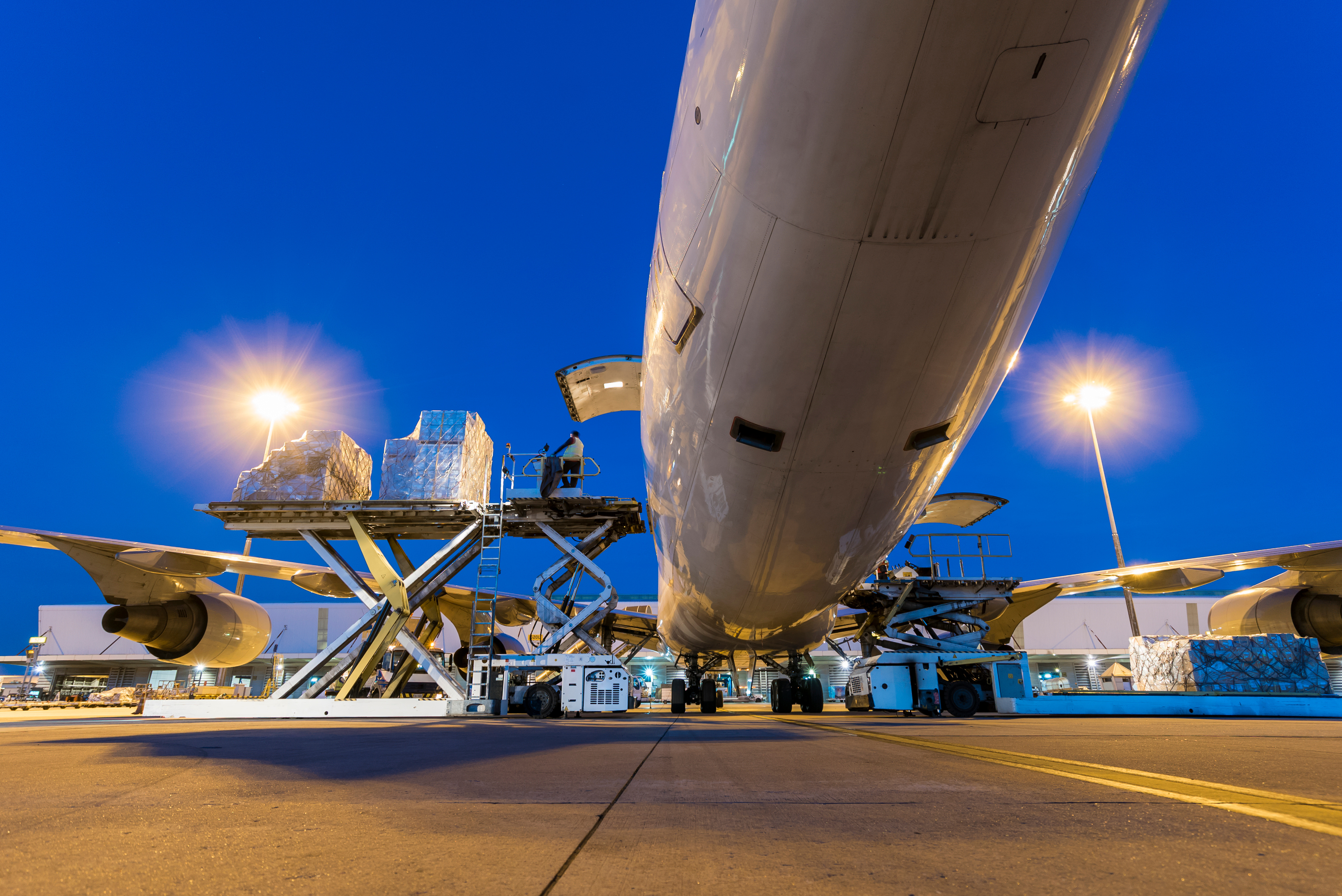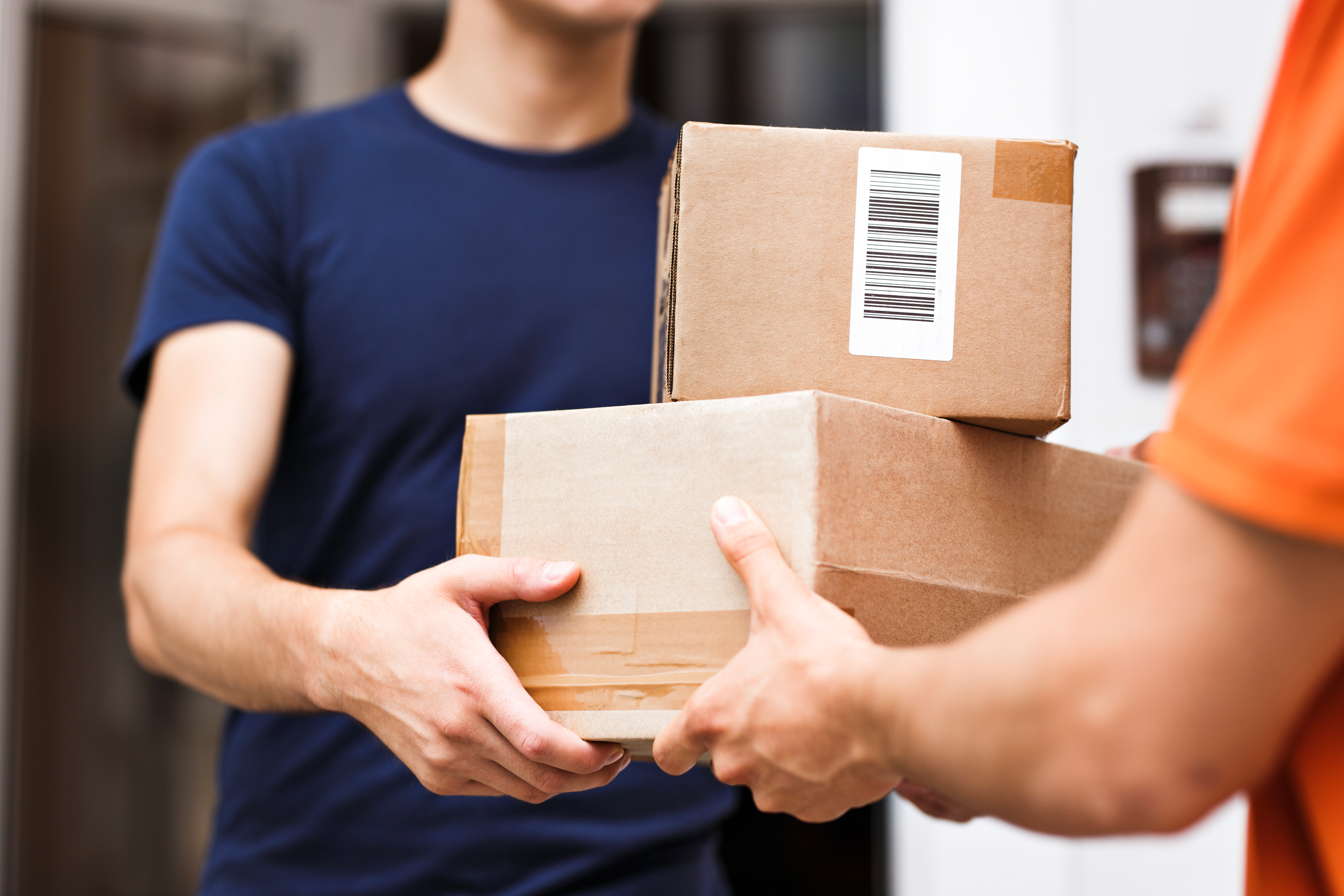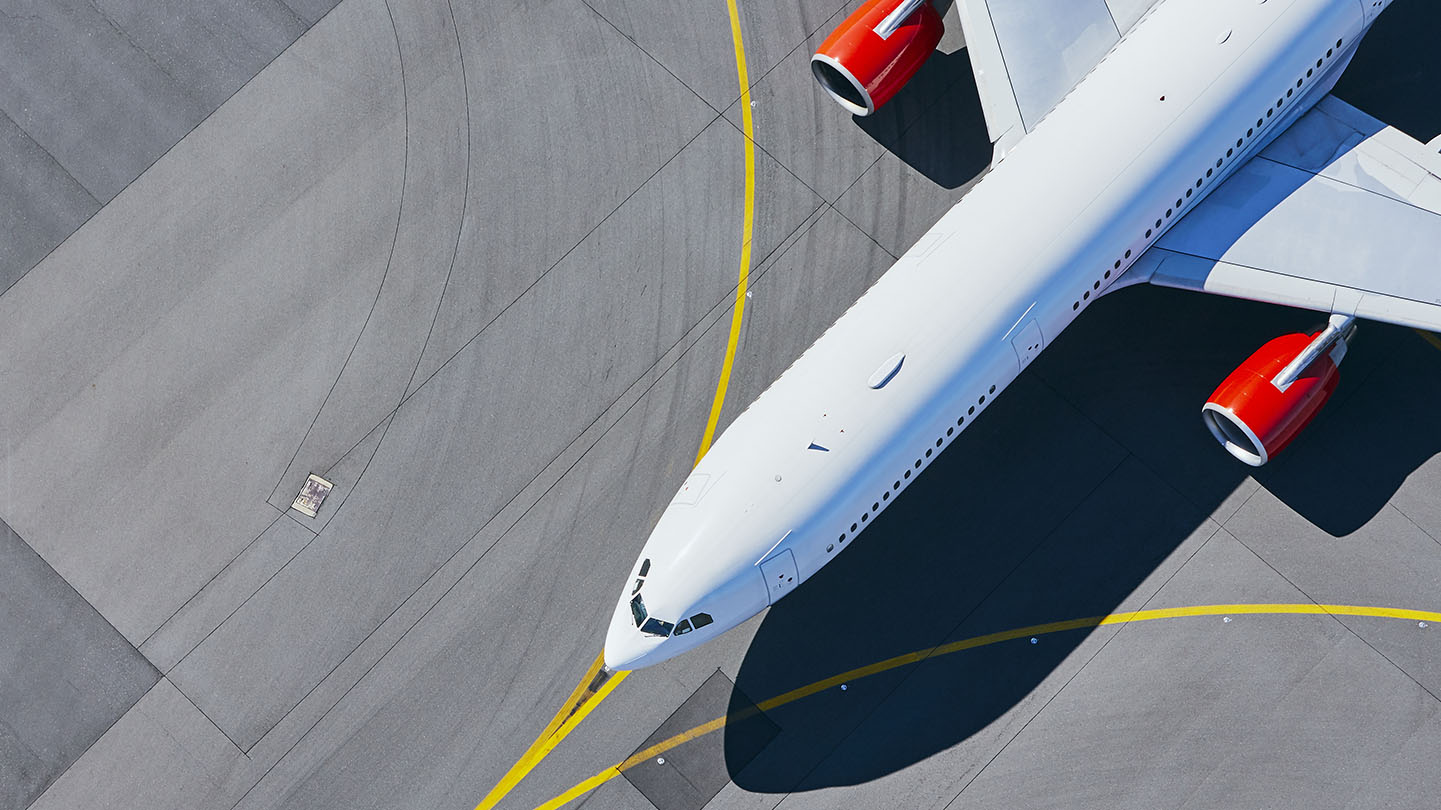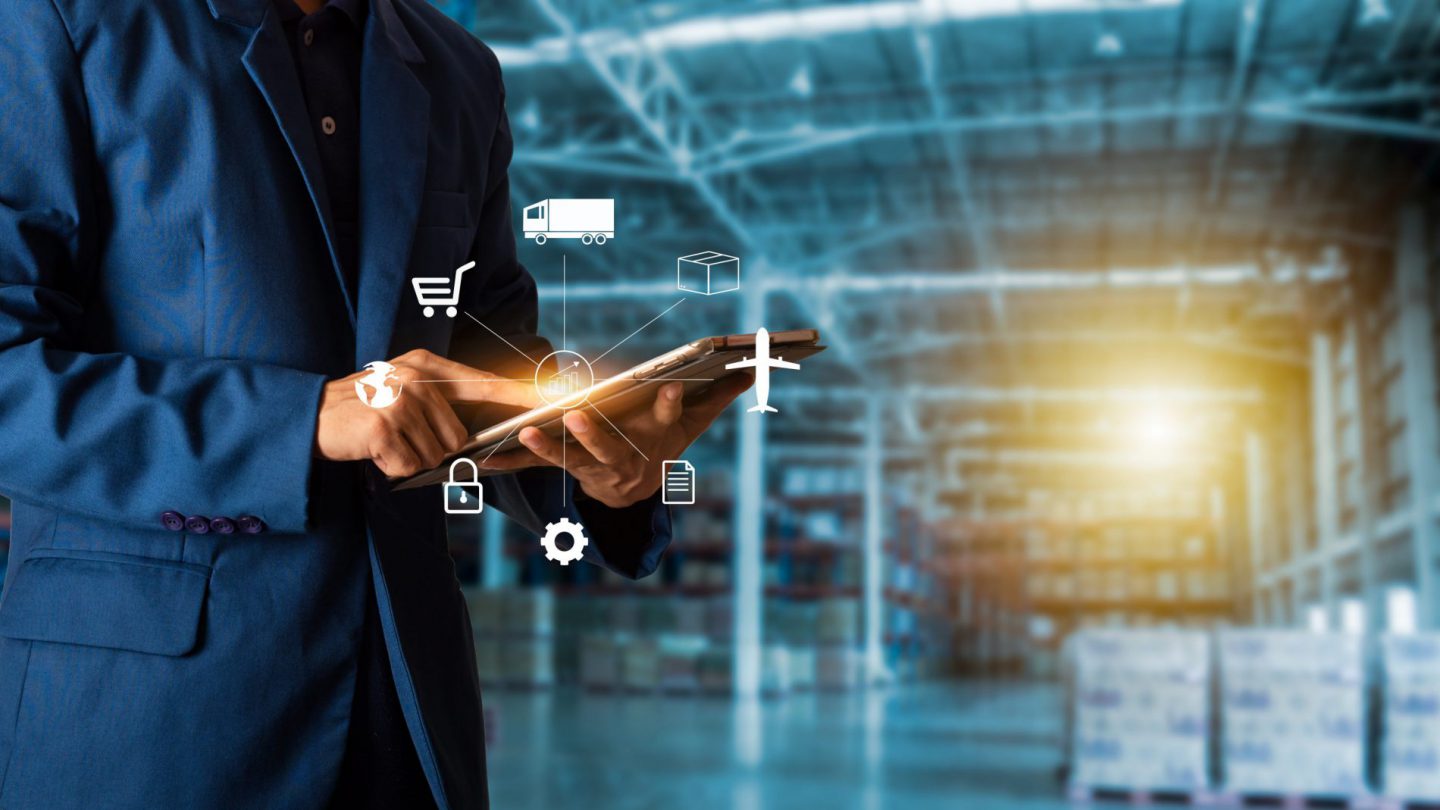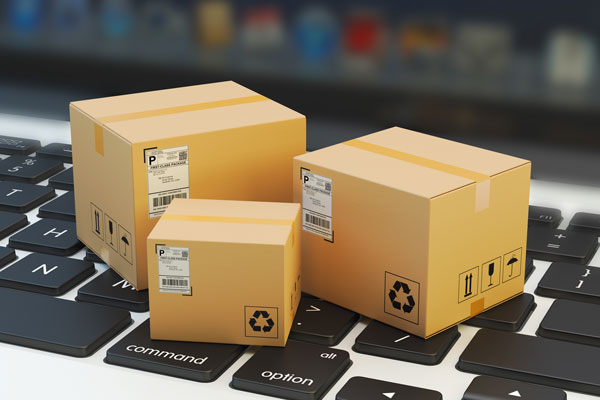The global e-commerce market continues to grow at an unprecedented rate, creating vast opportunities for the air cargo industry. Staying ahead of these trends and understanding the unique geographical advantages of regions like the Philippines is crucial. Additionally, expanding into small parcel e-commerce delivery offers airlines a lucrative opportunity to diversify and enhance their revenue streams.
The e-commerce sector is projected to maintain its robust growth trajectory in the coming years. According to Statista, Philippines e-commerce sales are expected to reach US $15bn in 2024, reflecting a compound annual growth rate (CAGR) of 11.27% with an expected market size of US $25bn in 2029. This surge is driven by increased internet penetration, smartphone adoption, and the convenience of online shopping. For the air cargo industry, this translates into a burgeoning demand for fast, reliable delivery services to meet the expectations of consumers accustomed to rapid order fulfillment.
Positioned strategically in Southeast Asia, the Philippines offers a unique advantage as a hub for air cargo operations. Its close proximity to major markets such as China, Japan, and Australia positions it as a pivotal node for regional and international trade. Furthermore, the country’s archipelagic nature necessitates efficient air transport to connect its numerous islands, further amplifying the demand for air cargo services.
The country’s infrastructure is continually improving, with major airport upgrades and expansions. The development of Clark International Airport and the expansion of Manila’s Ninoy Aquino International Airport are pivotal in enhancing the country’s capacity to handle increased air cargo volumes. These developments, coupled with a young, tech-savvy population driving e-commerce growth, make the Philippines a fertile ground for air cargo operations.
For airlines, the rise of e-commerce presents an exceptional opportunity to diversify and expand revenue streams through small parcel delivery services. Traditionally focused on bulk cargo, airlines can tap into the growing demand for swift and reliable delivery of e-commerce parcels. By leveraging existing infrastructure and optimizing cargo space, airlines can offer competitive, same-day, or next-day delivery services that meet the high expectations of e-commerce customers.
This diversification into small parcel delivery not only capitalizes on the e-commerce boom but also helps airlines offset the volatility in passenger travel demand, as witnessed during the COVID-19 pandemic. By building strategic partnerships with e-commerce platforms and logistics providers, airlines can create integrated solutions that enhance the overall efficiency and reliability of the delivery process.
The e-commerce surge represents a golden opportunity for airlines to innovate and expand their service offerings. Establishing dedicated e-commerce cargo flights, investing in advanced tracking technologies, and enhancing last-mile delivery capabilities are steps that can significantly boost an airline’s competitiveness in this space. Moreover, adopting sustainable practices in e-commerce logistics can also appeal to environmentally conscious consumers and stakeholders, adding another dimension to the brand’s value proposition.
In conclusion, the air cargo industry stands on the brink of a transformative era driven by e-commerce growth. The Philippines, with its strategic location and burgeoning e-commerce market, offers an ideal environment for expansion. By seizing the opportunities in small parcel delivery, airlines can not only secure new revenue streams but also position themselves as indispensable partners in the global e-commerce ecosystem. As the market evolves, staying agile and innovative will be key to capitalizing on these emerging trends and ensuring long-term success.






